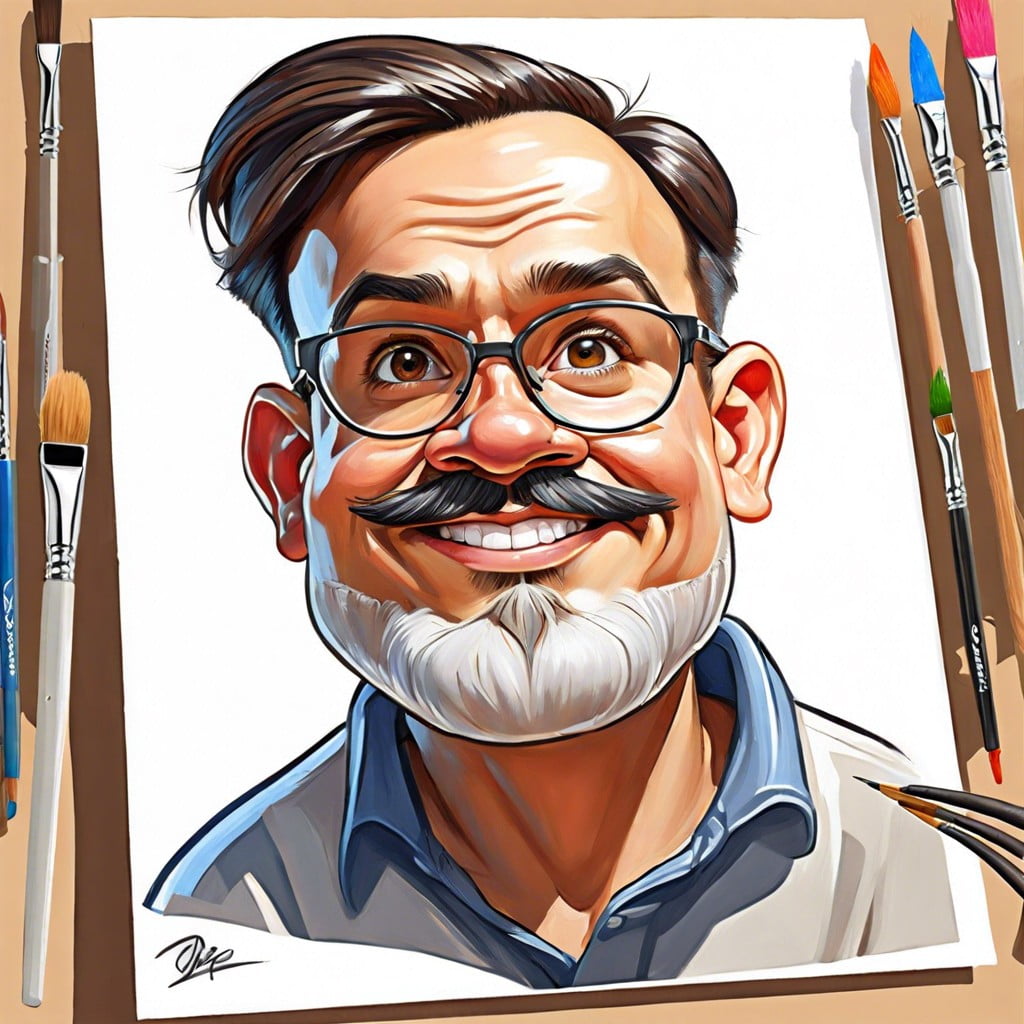Unlock the secrets of productive painting with tips on creating art efficiently without sacrificing creativity.
Key takeaways:
- Setting clear goals and breaking them down into smaller tasks.
- Organizing painting materials to save time and stay organized.
- Creating a dedicated painting space with good lighting and easy access to tools.
- Implementing efficient workflow strategies like batching tasks and using timers.
- Overcoming creative blocks by changing scenery, limiting choices, and trying new techniques.
Setting Clear Goals

Start with asking yourself what you aim to achieve with your painting. Are you honing a skill, experimenting with a new style, or completing a piece for a gallery? Clear goals give your creativity direction and keep you focused.
Break your goals into smaller tasks. Rather than saying, “I want to paint a masterpiece,” think, “Today, I’ll focus on perfecting the background.” It’s like eating an elephant one bite at a time. Don’t worry, no actual elephants required!
Set deadlines. A deadline turns a wish into a tangible target. Even if it’s just a self-imposed timeline – it’s better than drifting aimlessly in a sea of unfinished canvases.
Celebrate small victories. Every goal you achieve, no matter how tiny, gives you a boost of motivation. So, pat yourself on the back for every brushstroke well done. Voilà! You’re on your way to being the Picasso of productivity.
Organizing Materials
Ever spent more time looking for that perfect brush than actually painting? We’ve all been there. Keeping your materials organized can save buckets of time and sanity.
First, invest in containers. Jars for brushes, trays for paints, and small bins for miscellaneous items like palettes and rags. Bonus points if they’re aesthetically pleasing—motivation, right?
Label everything. You’ll be amazed how much faster you find a specific shade of blue when everything is clearly marked. Plus, it satisfies that inner neat freak.
Create an inventory list. It doesn’t have to be fancy; even a quick note on your phone works. This helps ensure you never run out of essentials in the middle of a creative spree.
Arrange your materials in a way that suits your workflow. Keep frequently used items within easy reach and less common ones stored away. Think of it as feng shui for your art studio.
Lastly, clean up after each session. It might feel like a chore, but your future self will thank you. Nothing kills creative momentum like starting with a messy workspace.
Creating a Dedicated Painting Space
Your painting spot isn’t just a place; it’s your creative sanctuary. Choose a space with good lighting—natural light if possible. It helps you see colors accurately and keeps those masterpieces true to life.
Keep your tools within arm’s reach. Nothing disrupts your flow like digging through piles of brushes and paints. Use shelves, carts, or pegboards. A tidy space saves precious minutes and keeps the inspiration rolling.
Invest in a comfortable chair and an easel or table at the right height. Backaches and paint on the floor are nobody’s friends.
Personalize your corner with things that spark joy—photos, plants, or quirky knick-knacks. You’re more likely to hang out and create if the space feels like you.
Finally, consider some tunes or ambient noise. Music can be your muse too, or just drown out the neighbor’s lawnmower. Pick what vibes best with your painting mood.
Efficient Workflow Strategies
Batch similar tasks together. If you need to mix a palette, do it all at once rather than color by color. This way, you spend more time painting and less time cleaning brushes.
Set a timer. Allocate specific chunks of focused time on painting. When the timer rings, take a short break. This prevents burnout and keeps your mind fresh.
Limit distractions. Turn off notifications, mute your phone, and let others know you’re in your “creative zone.” Even tell your dog. Well, maybe not the dog.
Use a reference photo. Having a clear image to guide your work helps you stay on track and reduces the infamous artist’s dilemma: “What should I paint next?”
Consider a painting buddy. Sometimes sharing a space can boost motivation and keep you accountable, plus you can swap techniques and ideas. Who knew gossiping could be so productive?
Keeping these strategies in mind can make painting not only more efficient but also far more enjoyable. Let’s face it, everyone can use a little more fun in their productivity regimen.
Overcoming Creative Blocks
Feeling stuck? Happens to the best of us. Here are a few tricks to keep your creative juices flowing:
Change Your Scenery – Sometimes a simple shift in environment can spark new ideas. Take a walk, visit a museum, or just move to a different room.
Limit Yourself – Sounds counterintuitive, but having too many choices can be paralyzing. Pick a few colors or tools and stick to them.
Set a Timer – Give yourself a set time to paint, even if it’s just 10 minutes. The pressure can spur creativity.
Listen to Music – The right playlist can elevate your mood and fuel inspiration. Bonus points for dancing while you paint.
Try a New Technique – Experiment with styles or mediums you’ve never used before. It might lead to unexpected brilliance.
Talk it Out – Discussing your ideas with a friend or fellow artist can provide fresh perspectives and insights. Plus, it’s a great excuse for coffee.
Remember, even Picasso had off days. It’s all part of the creative journey!